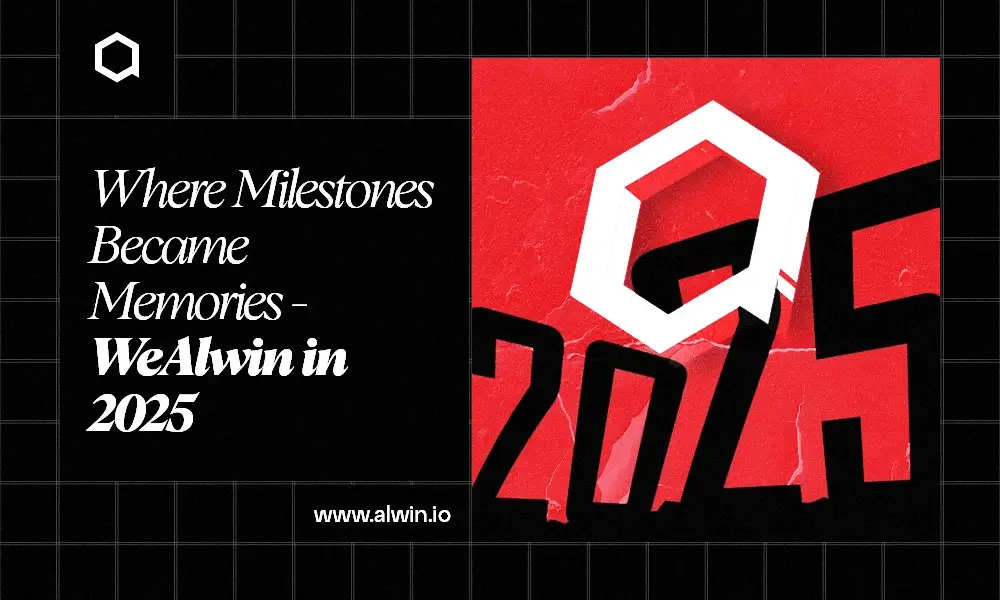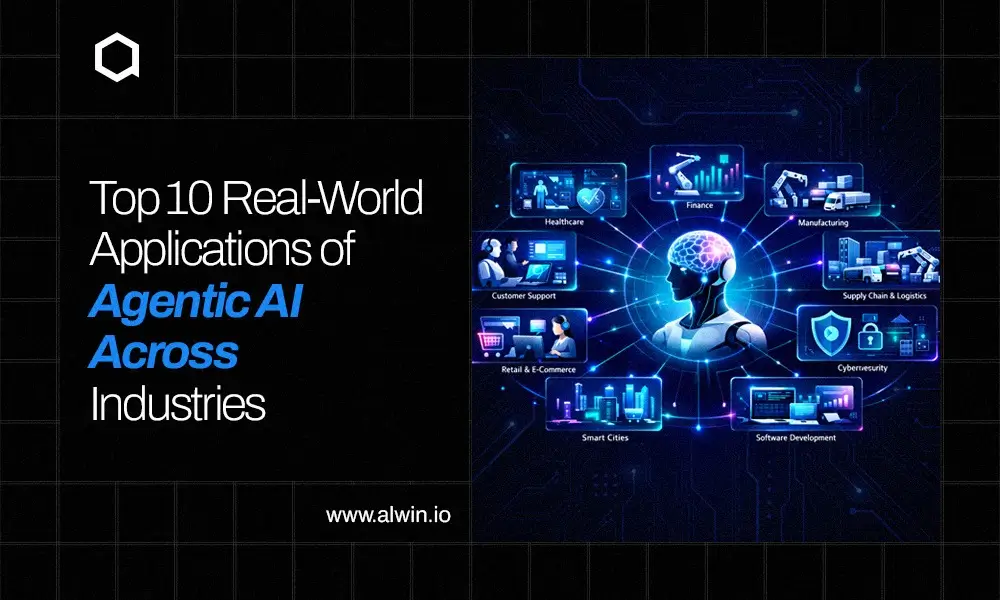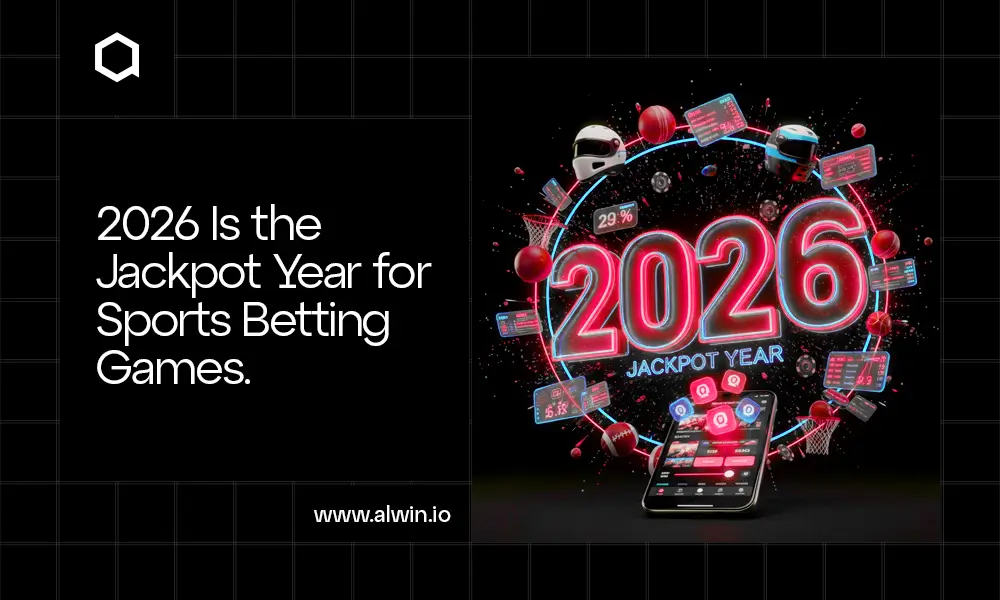Cryptocurrencies are popular far and wide for their security, privacy, and global accessibility. On the other hand, cryptocurrencies are prone to volatility due to fluctuations in the market. The volatility necessitates the development of asset-backed crypto tokens, which this blog details. Let’s read up on it!
Asset-Backed Crypto Token Development
Asset-backed crypto token development is the Process of converting ownership of real-world assets like real estate, properties, gold, etc into digital tokens. This token curtails volatility by linking the value of the cryptocurrency to tangible assets. This bridging towards real-world assets instills confidence and stability in investors compared to highly speculative cryptocurrencies.
Benefits of Developing Asset-Backed Crypto Tokens
Offering Fractional Ownership:
Asset-backed tokens entitle investors to fractional ownership of valuable assets. Hence, investors can own a portion of the assets without having to purchase them completely. Thus, these tokens open doors to a wide spectrum of individuals for investment.
Used in Security Token Offerings (STO):
These tokens can be utilized in security token offerings (STOs), which are regulated means of raising funds by selling tokens that represent ownership of real-world assets. Comparatively, STOs follow rules and laws, therefore making them more secure and transparent for investors than initial coin offerings (ICOs).
Open Opportunities for Illiquid Assets:
These tokens facilitate buying and selling illiquid assets, such as real estate or private equity. Tokenizing these assets enables owners to sell fractions of their holdings more easily, thereby providing greater flexibility and liquidity.
Offers Greater Stability:
Since the value of asset-backed tokens is linked to tangible assets, these offers provide greater stability. This linkage provides investors with more confidence compared to speculative cryptocurrencies.
Types of Asset-Backed Tokens
Types of asset-backed tokens include:
Tangible Assets:
These tokens symbolize ownership of real assets like property, precious metals, or art. Each token is supported by a particular tangible asset, giving investors a digital form of ownership.
Commodities:
Tokens backed by assets can also have support from commodities such as gold, silver, oil, or agricultural goods. Each token signifies ownership of a specific amount of the underlying commodity, enabling investors to enter commodity markets via blockchain technology.
Equity and Debt:
Tokens that represent ownership in equity or debt instruments, like stocks, bonds, or loans, can also be asset-backed. These tokens offer investors partial ownership of businesses or debt responsibilities, providing opportunities for diversification and access to conventional financial markets.
NFT Assets (Hard and Soft):
Non-fungible tokens (NFTs) can also have asset backing, signifying ownership of special digital assets like digital art, collectibles, or virtual real estate. NFT-backed tokens can fall into two categories: "hard" NFTs, which represent ownership of physical assets connected to the blockchain, or "soft" NFTs, which represent ownership of digital assets stored entirely on the blockchain.
How Does Asset-Backed Token Work?
Asset-backed tokens work by converting ownership of real-world assets into digital form, enabling fractional ownership and trading on blockchain platforms. Initially, the issuer selects the asset(s) to back the tokens, which can range from physical assets like real estate to intangible ones like securities. Through tokenization, ownership of these assets is transformed into digital tokens, typically using smart contracts on a blockchain network.
Each token represents a portion of the underlying asset, allowing investors to buy and sell them on cryptocurrency exchanges. The value of the tokens may vary based on market demand and the performance of the underlying assets. Asset-backed tokens provide investors with exposure to a variety of asset classes while ensuring liquidity, transparency, and security through blockchain technology.
How to Develop Asset-Backed Crypto Token?
Developing an asset-backed crypto token involves several steps, including:
Asset Selection:
The first and foremost step is asset selection. The assets could encompass a wide range of assets like gold, real estate, stocks, or other cryptocurrencies.
Legal and Regulatory Compliance:
It's crucial to follow the laws and regulations, which can vary depending on where you are and the type of asset involved. This might include obeying securities laws, anti-money laundering (AML) rules, and knowing your customers.
Tokenization:
The assets are turned into digital tokens on a blockchain platform after meeting legal requirements. This process involves converting ownership of the assets into digital tokens. Smart contracts are often used to automate issuing and managing the tokens.
Auditing and Verification:
To ensure trust and transparency, a third-party firm might audit the assets backing the tokens. This helps confirm that the tokens are fully backed by the promised assets.
Token Offering:
The asset-backed tokens are then offered to investors through a token sale or initial coin offering (ICO). Investors can buy the tokens using fiat currency or other cryptocurrencies, with each token representing ownership of a part of the underlying assets.
Market Listing and Trading:
After the token sale, the asset-backed tokens may be listed on cryptocurrency exchanges. This allows investors to buy, sell, and trade them. The value and stability of the tokens depend on factors like liquidity and trading volume.
Ongoing Management:
Once the tokens are in circulation, they need to be managed properly. This includes regular checks, updating the assets, and keeping up with any changes in regulations.
Cost to Develop Asset-Backed Crypto Token
The cost to develop an asset-backed crypto token varies depending on factors such as project complexity, regulatory requirements, blockchain platform, and desired features. The process typically involves expenses related to smart contract creation, legal compliance consultations, security audits, and ongoing maintenance.
Smart contract development, crucial for defining token behavior and asset ownership, constitutes a significant portion of the expenditure. Legal consultations aim to ensure adherence to regulations, while security audits enhance resilience against potential vulnerabilities.
Also, the expenses linked to the chosen blockchain platform, like the tools needed for development and any fees involved, add to the total cost. Depending on how complex the project is and what rules need to be followed, the overall development expenses could range from $100,000 to 300,000 dollars.
Asset-Backed Crypto Tokens: Real-Time Use Cases
Real Estate Tokenization:
RealT and Property Coin turn real estate into digital tokens so people can buy parts of properties. These tokens show ownership of the property, letting people join the property market without needing lots of money.
Gold-Backed Cryptocurrencies:
Tether Gold (XAUT) and PAX Gold (PAXG) are cryptocurrencies backed by real gold. Each token represents ownership of a certain amount of gold stored safely. People can trade gold digitally, which is easier than owning physical gold.
Tokenized Commodities:
Platforms like Komgo and Vakt use blockchain to turn commodities like oil and metals into digital tokens. This makes trading commodities more efficient, cheaper, and transparent across the supply chain.
Fiat-Backed Stablecoins:
Stablecoins like USDC, Tether (USDT), and TrueUSD (TUSD) are backed by traditional currencies like the US dollar. Each token is worth one dollar, providing a stable way to store and transfer money on blockchain networks.
Art and Collectibles:
Maecenas and CurioInvest convert artwork and collectibles into tokens, so people can own parts of valuable items like paintings and sculptures. These tokens increase the art market, allow shared ownership of expensive items, and make art investment easier for everyone.
Why Choose WeAlwin to Develop Asset-Backed Crypto Token?
WeAlwin, a leading Token Development Company, is your go-to choice to develop your asset-backed crypto token. As our developers have incredible expertise in tokens, cryptocurrency, and above all, the blockchain horizon, we’ll assist you throughout the project and meticulously execute your ideas and vision.



